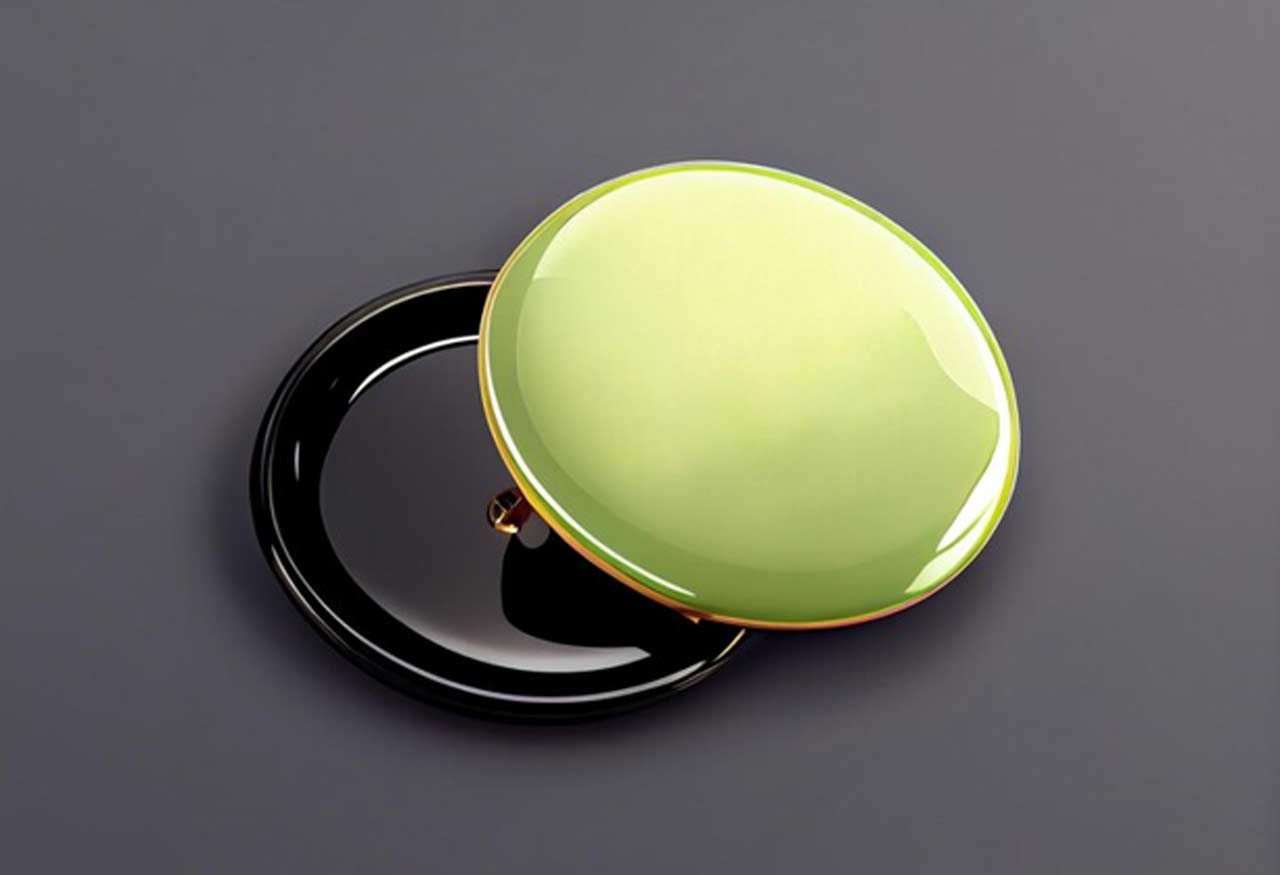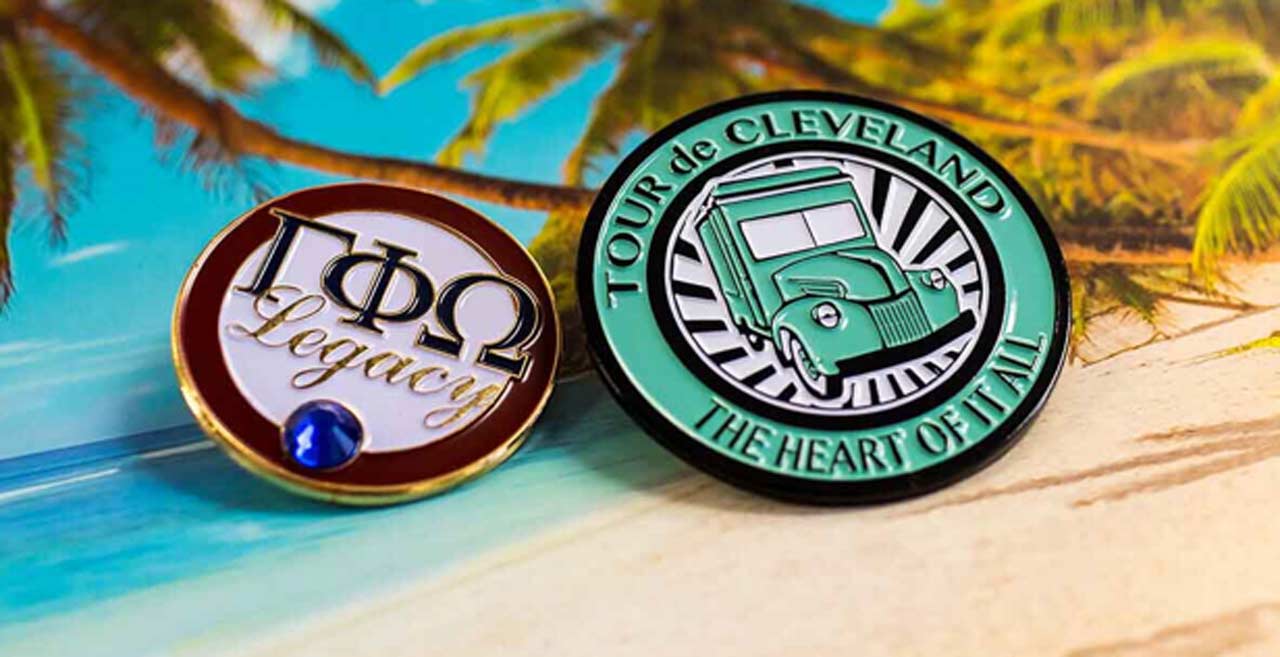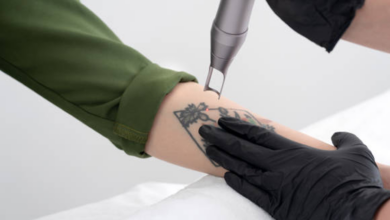
Buttons are ubiquitous in our daily lives, serving as both functional and aesthetic elements in various contexts. From clothing to promotional merchandise, buttons come in diverse shapes, sizes, and designs. Behind their seemingly simple appearance lies a complex array of structural elements that contribute to their functionality and appeal. Let’s delve into the intricacies of button pins and explore the key components that make them what they are.
Front Panel
The front panel of button pins is the visible surface that displays the design, logo, or message. It’s typically made of metal, plastic, or paper, providing a sturdy base for printing or embedding visuals. The front panel serves as a canvas for creativity, offering endless possibilities for customization and personalization. Whether it’s a bold graphic, a witty slogan, or an intricate illustration, the front panel sets the tone for the button pin’s overall aesthetic.
Printing/Design Layer
The printing or design layer is where the visual elements of the button pins are applied. This can involve techniques such as offset printing, digital printing, or screen printing, depending on the complexity and volume of production. The design layer is crucial for conveying messages, branding, or artistic expression, and it requires precision and attention to detail to ensure clarity and impact.
Protective Coating
To ensure longevity and resistance to wear and tear, button pins often feature a protective coating. This coating, usually made of clear resin or epoxy, shields the design layer from scratches, fading, and moisture damage. By providing a durable barrier, the protective coating preserves the integrity of the button pin’s visual elements, ensuring that they remain vibrant and intact over time.
Back Panel
The back panel of a button pin provides structural support and stability. It is typically made of metal or plastic and is attached to the front panel through a variety of methods, such as crimping or welding. While less visible than the front panel, the back panel plays a crucial role in ensuring the button pin’s overall durability and functionality.
Pin Attachment
The pin attachment mechanism allows the button pin to be affixed to clothing or accessories. Common types include safety pins, clutch pins, and magnetic attachments, each offering different levels of security and convenience. The pin attachment mechanism must strike a balance between ease of use and reliability, ensuring that the button pin remains securely in place without causing damage to the fabric or material it’s attached to.
Clasp Mechanism
In addition to the pin attachment, some button pins feature a clasp mechanism for extra security. This can include locking pin backs or butterfly clasps, preventing accidental detachment and loss. The clasp mechanism adds an extra layer of peace of mind for the wearer, especially in situations where the button pin may be subject to movement or handling.
Metal Shell
Many button pins are encased in a metal shell, providing durability and enhancing their aesthetic appeal. The metal shell can be made of various materials, such as brass, steel, or aluminum, and may be plain or decorative. The metal shell not only protects the internal components of the button pin but also adds weight and presence, making it feel more substantial and premium.
Plastic Encapsulation
For button pins with a plastic construction, encapsulation is a crucial element. This process involves sealing the printed design between layers of clear plastic, offering protection and giving the pin a glossy finish. Plastic encapsulation not only enhances the visual appeal of the button pin but also provides an additional layer of durability, making it resistant to scratches and fading.
Textured Surface
Some button pins and keychain accessories feature a textured surface to enhance their tactile appeal. This can include embossed patterns, raised lettering, or textured finishes, adding depth and interest to the design. Textured surfaces not only make button and keychain accessory more visually engaging but also invite interaction, encouraging people to touch and explore its unique features.
Rim or Bezel
The rim or bezel of a button pin provides a finished edge and helps to secure the front and back panels together. It can be smooth, serrated, or decorated, depending on the desired aesthetic effect. The rim or bezel not only adds a decorative element to the button pin but also serves a functional purpose, ensuring that the two panels remain aligned and intact.
Production Techniques
The production of button pins involves various techniques, including die-stamping, injection molding, and laser cutting. Each method has its advantages in terms of precision, cost-effectiveness, and scalability. The choice of production technique depends on factors such as the complexity of the design, the desired volume of production, and the available budget.
Packaging and Presentation
The packaging and presentation of button pins play a crucial role in their marketability and appeal. This can range from simple card backing to custom-printed boxes, enhancing the perceived value of the product. Packaging and presentation are an extension of the button pin’s design aesthetic, providing an opportunity to create a memorable unboxing experience for the recipient.
Conclusion
In conclusion, button pins may appear simple on the surface, but their structural elements are anything but. From the front panel to the pin attachment mechanism, each component serves a specific purpose in creating a functional and aesthetically pleasing accessory. Understanding these elements can deepen appreciation for the craftsmanship and ingenuity behind every button pin design.









